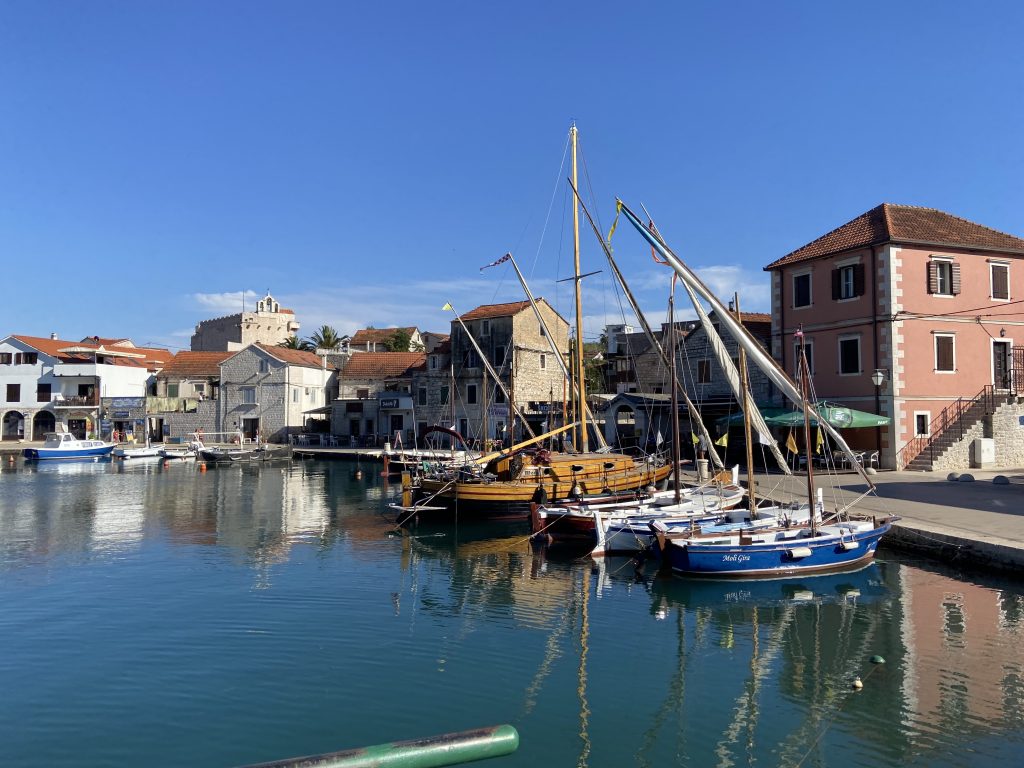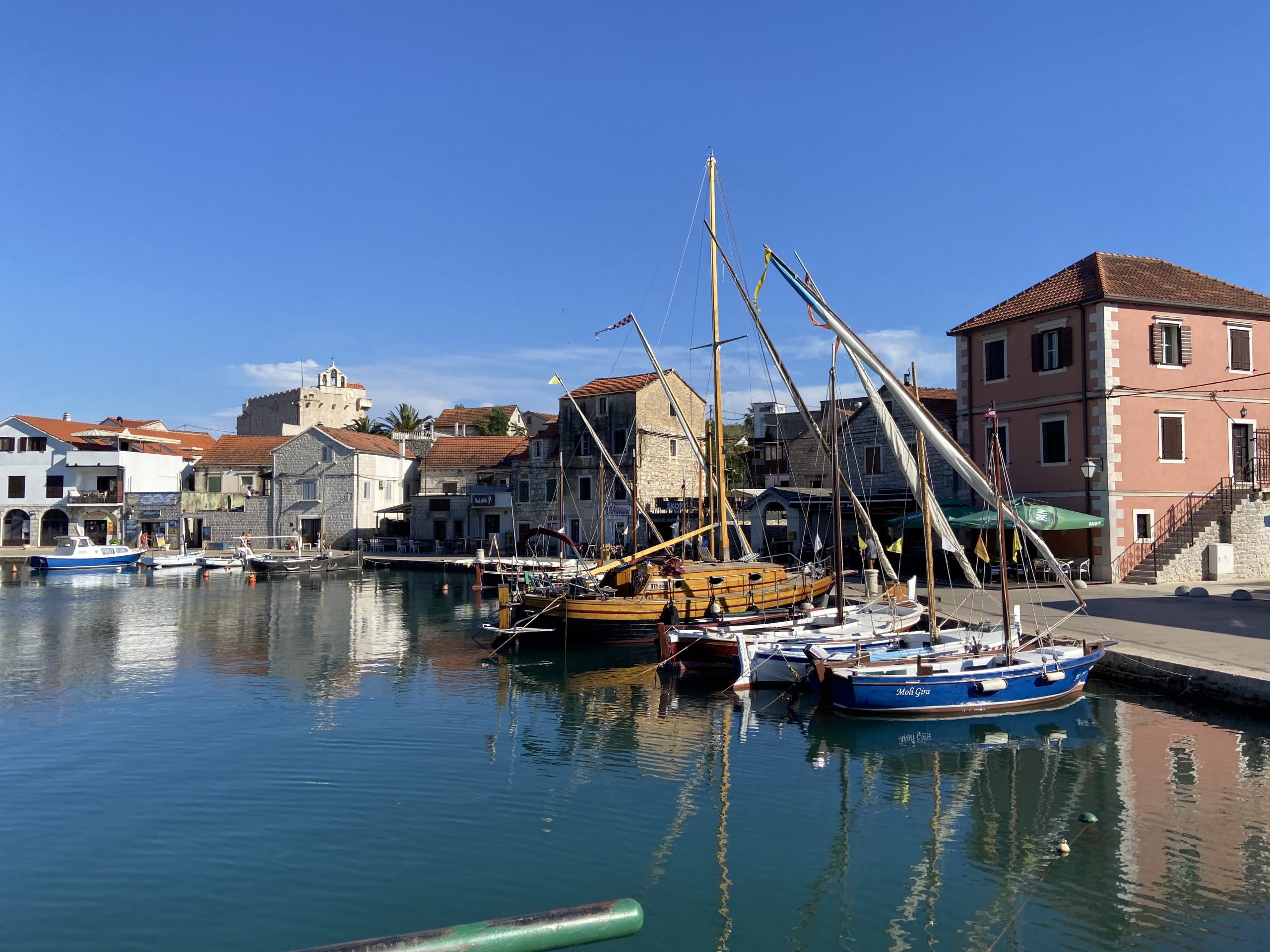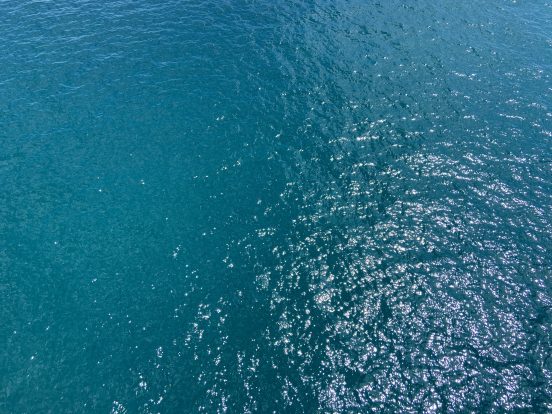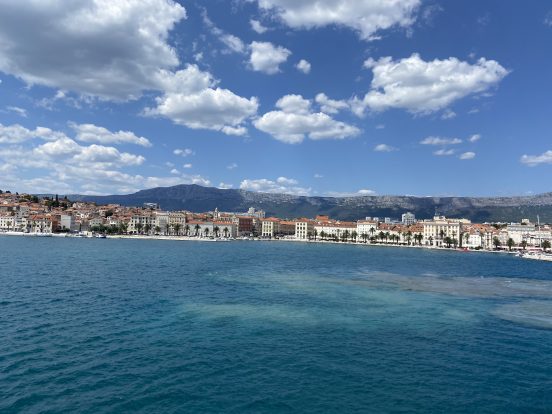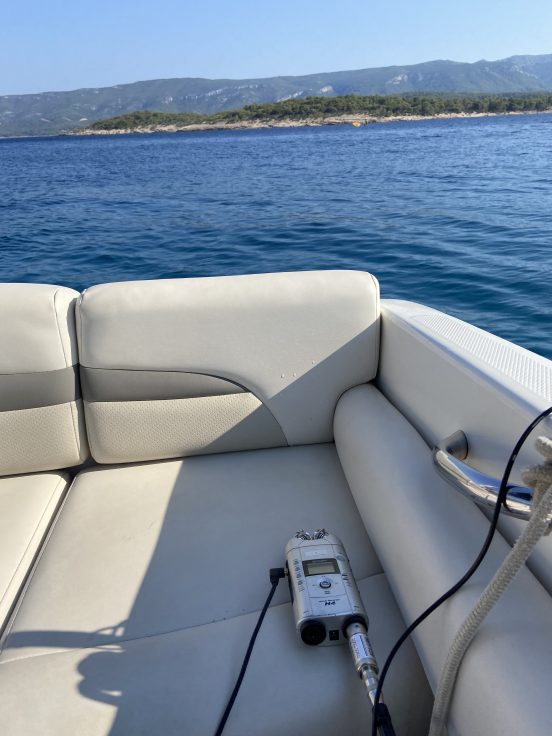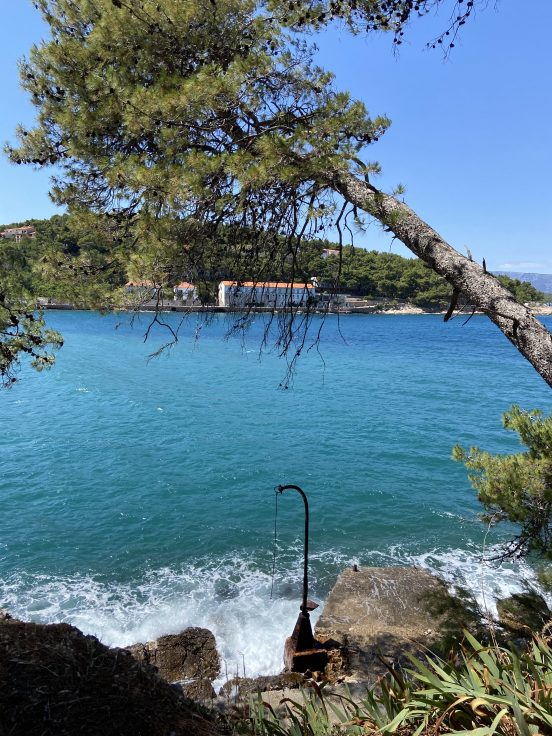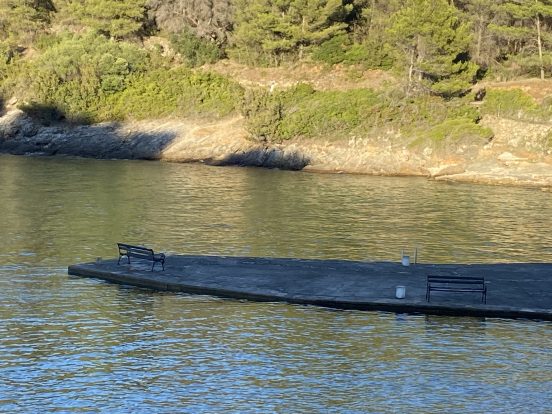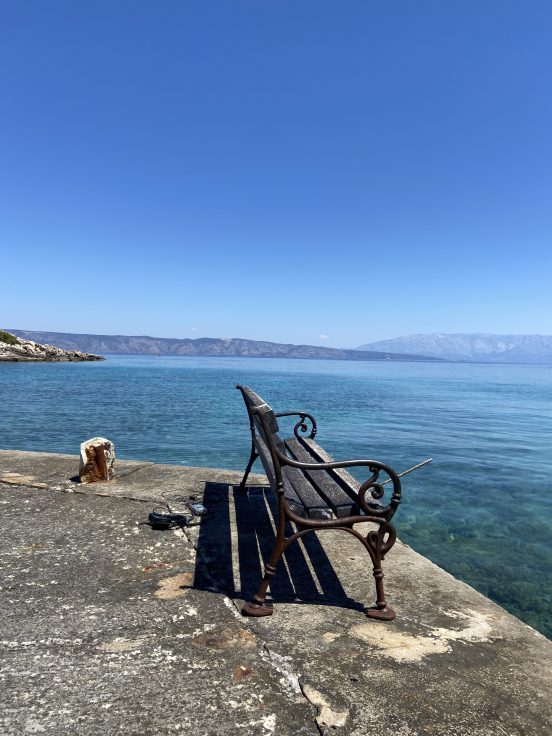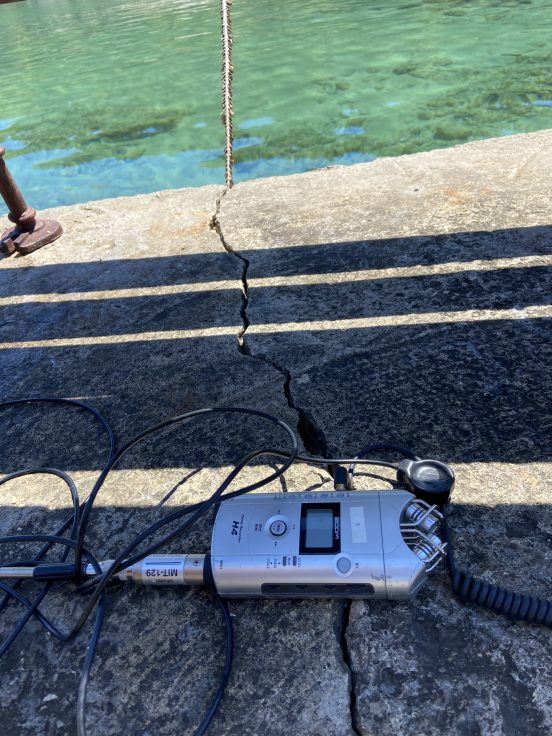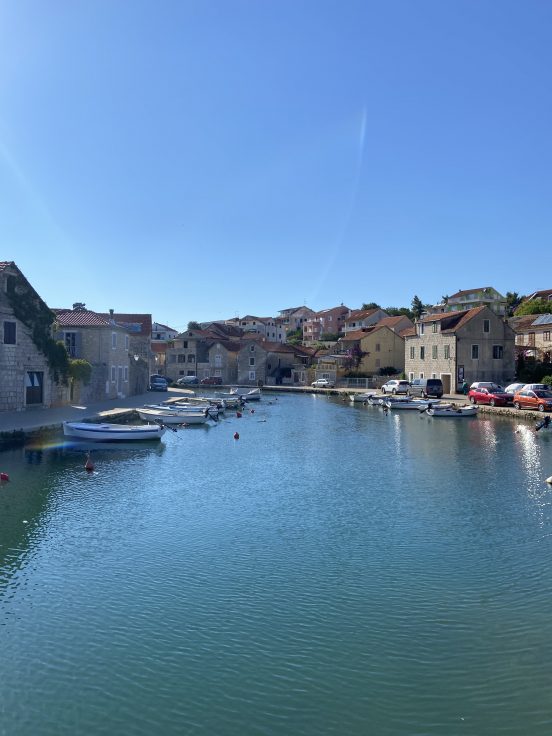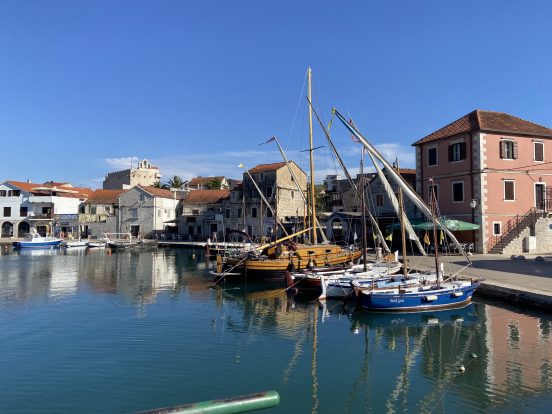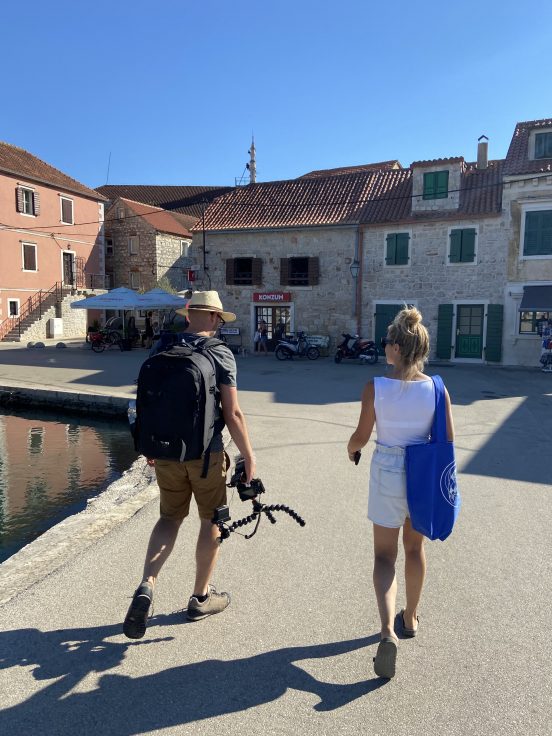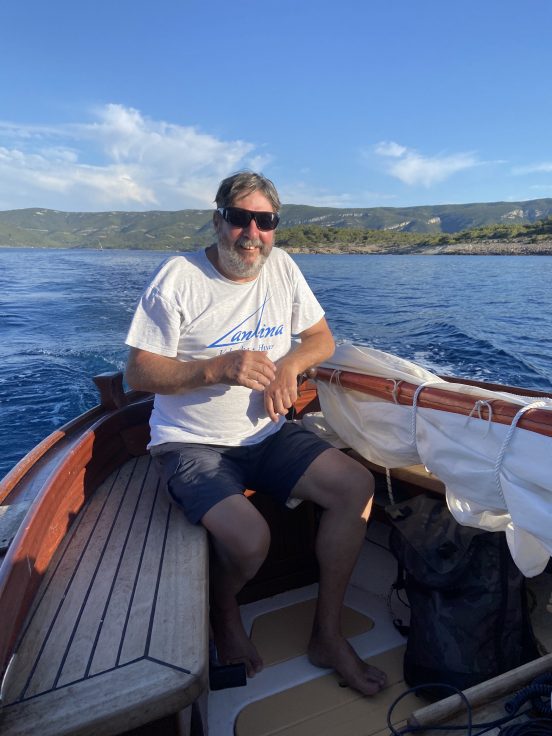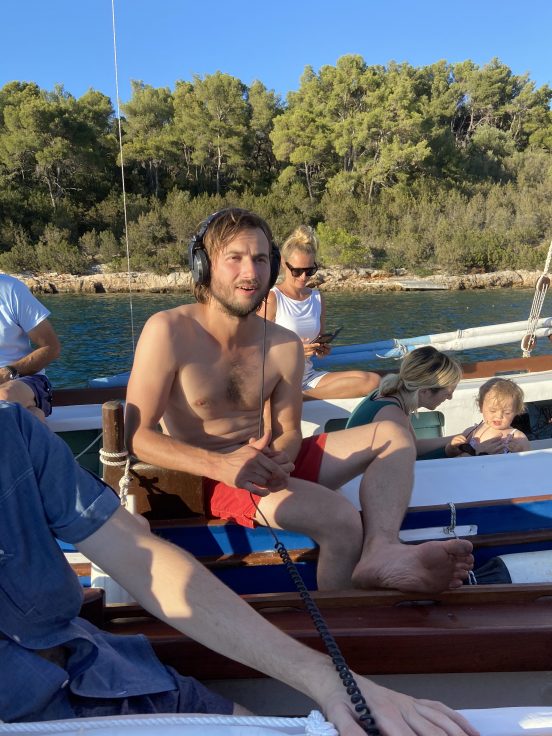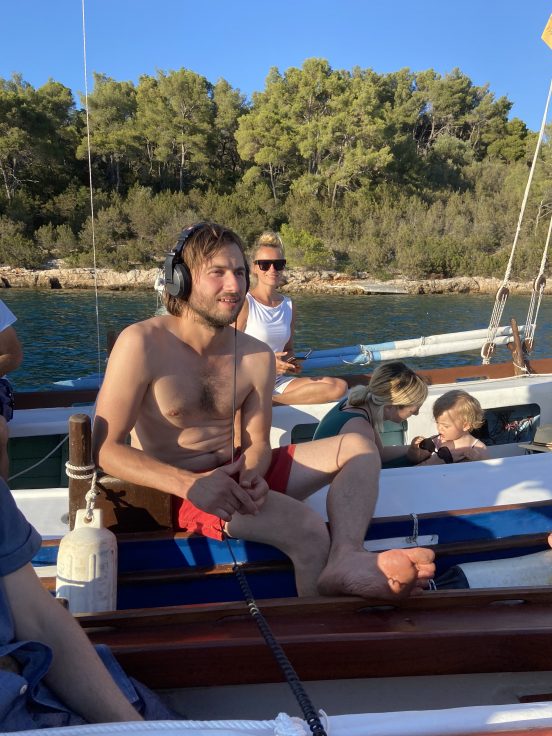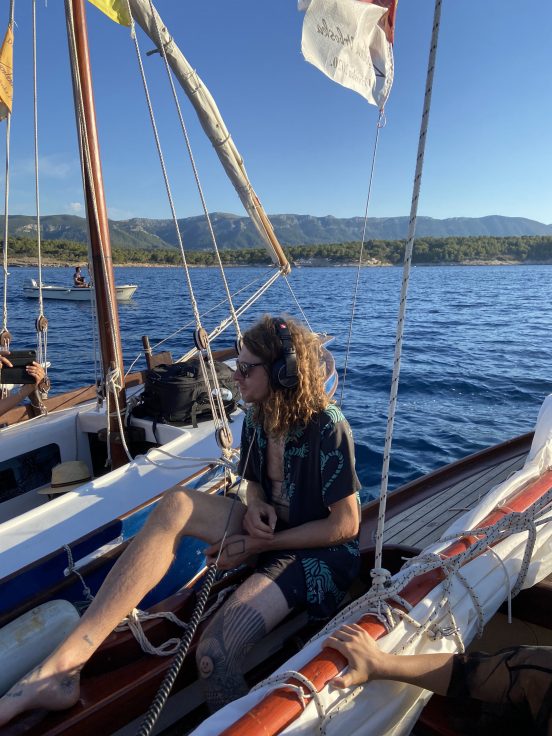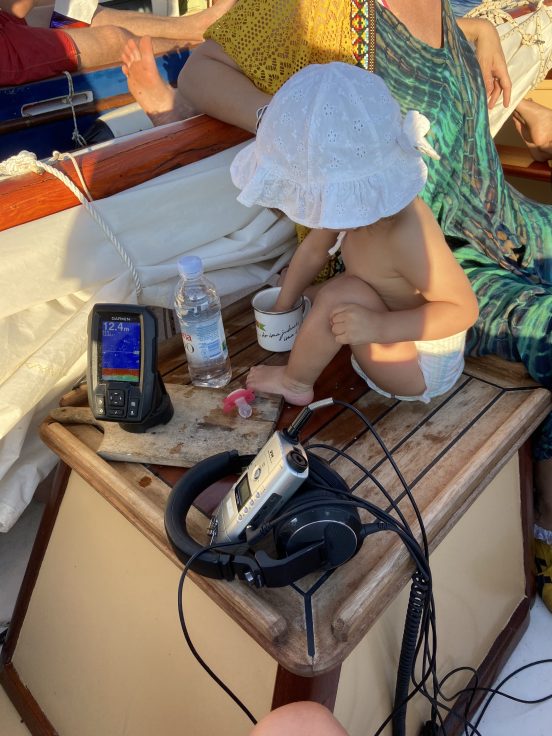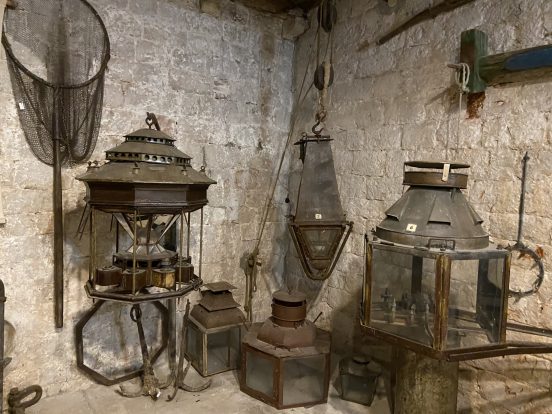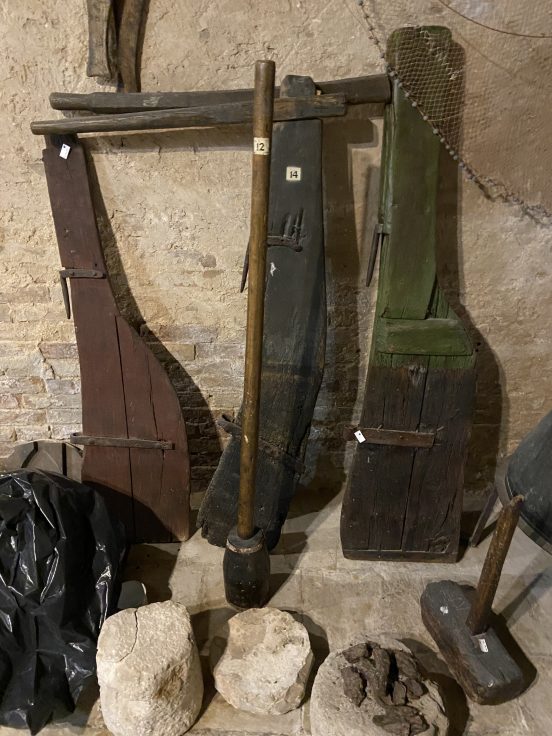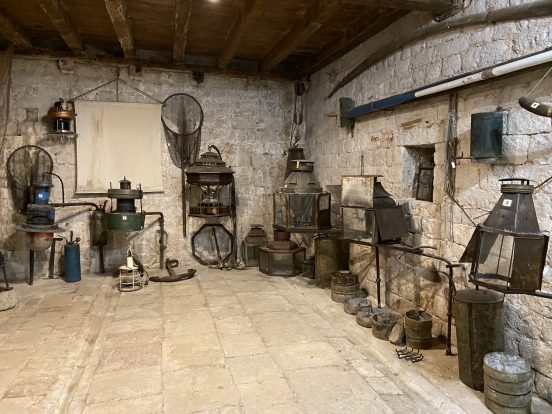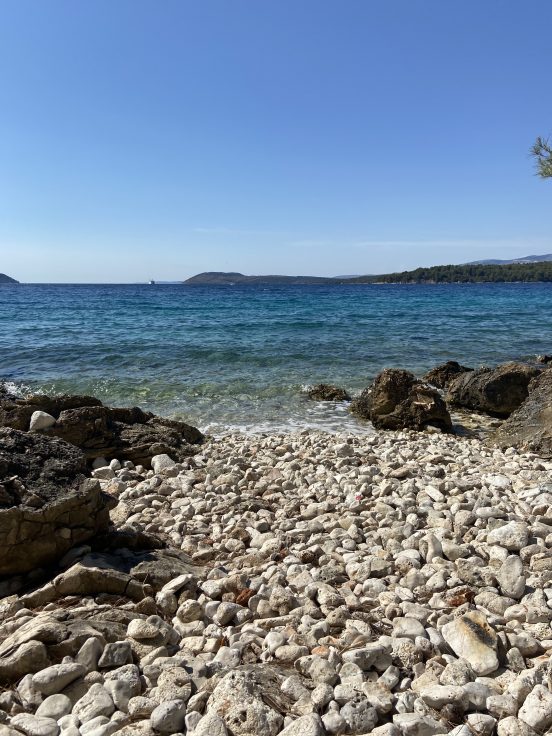Francisca Rocha Gonçalves Openfield Creative Lab | Øcean Soundscape Awareness Jelsa 2020 Diary
#UGASIISLUŠAJ
#SWITHCOFFANDLISTEN
The ocean represents one of the greatest natural and economical resources in the world. The advances in technology have made it possible not only to hear the ocean environment, but also to investigate the real impact of anthropogenic noise on these soundscapes in a deeper way.
Most of the research towards the challenges the environment faces can be attributed to the field of ecoacoustics, which is concerned with studying the importance of sound as a component of the environment: ecoacoustics is a combination of studies in ecology and (bio) acoustics that “investigates natural and anthropogenic sounds and their relationships with the environment over multiple scales of time and space” (Farina & Gage 2017, 1). It is concerned with the ecological role of sounds, specifically long-term monitoring, habitat health, biodiversity assessment, soundscape conservation and ecosystem management.
Today, we are witnessing an increase of researchers, scientists and artists who rely on sound or soundscapes to study and understand the environments as well as the growing interest of musicians and composers to include natural sounds in their compositions (Monacchi & Krause 2017). Therefore, ecoacoustic approaches can be considered a promising field to improve the link between sciences and art, providing the setting for artistic exploration of sonic material. Moreover, by combining ecoacoustics with artistic practice, one can have the opportunity to share information to broader audiences, communicating environmental issues to the general public and reveal other levels of interpretation and understanding of the world that surrounds us.
I believe it is important to create art that conveys a message, in this case by exploring oceanic soundscapes and their disturbance. I intend to reveal these disturbances, foster an emotional connection between the audience and environment through listening practices as well as show how one may understand environments through their inherent sound. Field research can be a way to engage and explore our environment through emerging media technologies, while art makes it possible to show creatively the results to new audiences. Listening to the sounds from the environment is fundamental for understanding the surrounding world.
With an artistic approach, and by exploring the value of acoustic ecology/ecoacoustics as an interdisciplinary field, I intend to focus on these recorded sounds to further understand, explore and interpret the aquatic environment and especially the anthropogenic influence on it.
Farina, Almo, and Stuart H. Gage. 2017. “Ecoacoustics: A New Science.” In Ecoacoustics the Ecological Role of Sounds, UK: John Wiley and Sons.
Monacchi, David, and Bernie Krause. 2017. “Ecoacoustics and Its Expression Throughout the Voice of the Arts: An Essay.” In Ecoacoustics the Ecological Role of Sounds, 297–312.
